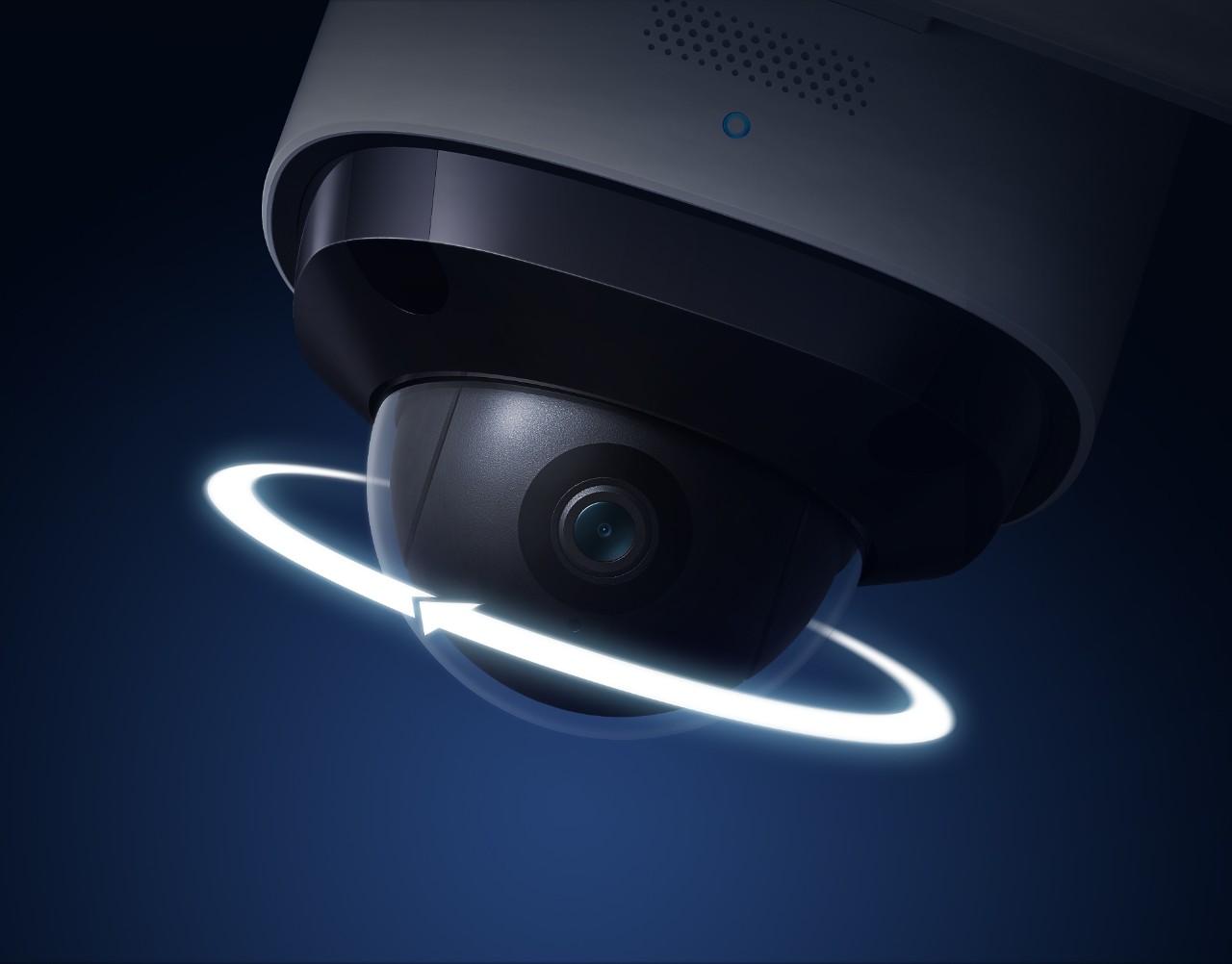“Privacy isn’t negotiable; it’s the right of every individual.” In today’s digital age, safeguarding our privacy has become more crucial than ever. Whether you are staying in a hotel, Airbnb, or your home, the thought of someone watching you can be unsettling. Knowing how to detect hidden cameras can help you protect your personal space and maintain your privacy. This guide will provide you with detailed insights and practical steps to identify hidden surveillance devices effectively.

What do hidden cameras look like?
Hidden cameras come in various shapes and sizes, making them challenging to spot. They can be disguised as everyday objects such as smoke detectors, clocks, phone chargers, or even electrical outlets. Some may be as small as a pinhole, embedded in walls, or behind mirrors. The key to identifying these devices lies in understanding that they can be virtually anything that looks out of place or unusual in your surroundings.
How to detect hidden cameras
Detecting hidden cameras requires a combination of visual inspection, technological tools, and keen awareness. Here are five effective methods:
1. Visual Inspection
Step 1: Examine the Environment
Begin by scanning the room for any objects that appear peculiar or strategically placed. Focus on common hiding spots like decorative pieces, clocks, smoke detectors, and even books that seem awkwardly positioned.
Step 2: Search for Small Apertures
Inspect walls, ceilings, and everyday objects for any tiny holes or gaps. Hidden cameras often require minuscule openings to capture video without being noticed.
Step 3: Investigate Mirrors
Apply the fingernail test to mirrors, especially in private areas like bedrooms and bathrooms. Place your fingernail against the mirror’s surface. If there is a gap between your nail and its reflection, it’s a regular mirror. A lack of gap could suggest the presence of a two-way mirror possibly hiding a camera.
2. Use a Flashlight
Step 1: Prepare the Area
Ensure the room is dark by turning off all lights and drawing curtains if available.
Step 2: Employ a Flashlight
Use a flashlight to methodically scan the room. Move the light slowly across the area, focusing particularly on reflective surfaces where camera lenses might be concealed.
Step 3: Observe Reflections
Pay close attention to how light reflects off various surfaces. Camera lenses typically reflect light in a distinctive way, appearing as bright, pinpoint reflections that differ from their surroundings.
3. Smartphone Camera Method
Step 1: Darken the Room
Similar to the flashlight method, start by ensuring the room is as dark as possible to enhance the visibility of infrared lights.
Step 2: Activate Your Smartphone Camera
Open your smartphone’s camera app and begin a slow pan around the room, focusing the camera on potential hiding spots.
Step 3: Look for Unusual Lights
On your smartphone’s display, keep an eye out for any unusual glowing spots. These could be infrared LEDs, which many hidden cameras use for low-light recording.
4. Radio Frequency (RF) Detectors
Step 1: Acquire an RF Detector
Invest in a quality RF detector, which is engineered to identify wireless transmitting devices, including hidden cameras.
Step 2: Sweep the Room
Power on the RF detector and methodically sweep it around the room, paying close attention to any feedback it provides.
Step 3: Interpret the Signals
Be alert to any beeps or signals from the RF detector. These alerts indicate the presence of radio frequencies from a transmitting device, which could be a hidden camera.
5. Mobile Apps
Step 1: Download a Reliable App
Install a well-reviewed hidden camera detection app on your smartphone. These apps utilize the phone’s sensors to detect electromagnetic fields.
Step 2: Implement the App
Open the app and follow the provided instructions closely to begin scanning the area.
Step 3: Detect Electromagnetic Anomalies
Use the app to identify any unusual electromagnetic activity. Such anomalies could suggest the presence of hidden electronic devices, including cameras.
By employing these methods, you can significantly increase your chances of uncovering hidden surveillance devices and securing your privacy.

What to do next when you find hidden cameras
Discovering a hidden camera can be alarming. Here are the steps to take:
1. Document the Evidence
Take clear photos and videos of the hidden camera. Document its location and any identifying features.
2. Do Not Touch
Avoid tampering with or removing the camera. This preserves any potential evidence for authorities.
3. Report to Authorities
Immediately contact local law enforcement to report the discovery. Provide them with all documented evidence.
4. Notify the Property Owner or Manager
If you are in a rental property like an Airbnb, inform the owner or management. Ensure this step follows your report to authorities.
5. Seek Legal Advice
Consult with a legal professional to understand your rights and any legal actions you can take.
These steps will help ensure that the situation is handled professionally and that your privacy is restored. In today’s world, the use of security cameras is widespread and often beneficial for safety, but it’s crucial to address their misuse promptly and effectively.
Conclusion
Knowing how to detect hidden cameras is an essential skill in today’s privacy-conscious world. By using a combination of visual inspection, technological tools, and smartphone apps, you can protect yourself from unauthorized surveillance. Always stay vigilant and take appropriate action if you discover any hidden cameras. Your privacy and peace of mind are paramount.
FAQ
Do Airbnbs have cameras?
Can Airbnb have cameras? Yes, Airbnb allows cameras in common areas but not in private spaces like bedrooms or bathrooms. Hosts must disclose all surveillance devices in their listings.
Is there an app to detect hidden cameras and listening devices?
Yes, several apps can help you detect hidden cameras and listening devices. These apps use your smartphone’s sensors to detect electromagnetic fields, making it easier to identify hidden surveillance equipment.
